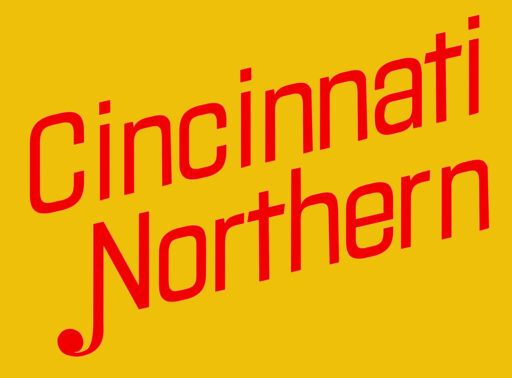Rail Crews
I’ve been wanting to do this topic for several years – railroad crews. The idea being that while the equipment is important, it was the crews that made the railroads operate. It’s a tough topic to research – it seems that you always run into good pics of crew members, but to get a whole batch together that tells a story is a bit tougher. Many of the pics you find are part of collections – sometimes art or poster collections. My apologies for not recognizing all the photographers and people in these photos – these were all taken directly off of Pinterest. Today, most of the captions are taken directly from the photo captions – no need to tell more than the pic with its caption.

March 1943. Barstow, California. “Head brakeman J.C. Shannon (left) and swing brakeman B.E. Wilson waiting for their train to pull out of the Atchison, Topeka and Santa Fe yard.” Nitrate negative by Jack Delano.

Riding Down Cajon Pass With Jack Delano – March 1943:
Westbound Santa Fe freight approaches Cajon Summit. Train stopped at Cajon Summit, brakemen on top to set retainers. Meeting the eastbound Chief. Going down Cajon on the South Track – MP57. Near MP 60, South Track – San Gabriel Mountains in the distance. Alray Pine Lodge, California Between Pine Lodge and Cajon – Note the debris barriers along the riverbank. Cajon, California – North Track on the right. Brake Club in hand at Cajon. Cajon, California Guard at the bridge at Devore. Jack Delano never seemed to have rested with his camera. His photography for the Farm Security Administration, and the Office of War Information impress with his thoroughness and attention to detail. Looking at his photos of the Santa Fe, taken in 1943, in the Library of Congress Archive, Delano apparently rode cabooses from Chicago to California, excepting for one photo that was taken from an observation platform.

Women and Railroading | Trains Magazine: Rosie (not the Riveter) creates a precedent for working women everywhere by challenging the Southern Pacific Railroad, Transportation Communications International Union, and the state of California. Hanging the daily mail for pick-up.

Topeka, Kansas. Two Mexican workers employed at the Atchison, Topeka and Santa Fe Railroad locomotive shops.

Title: [Work Crew Repairing Locomotive 705, Texas & Pacific Railway Company] Creator: Richie, Robert Yarnall, 1908-1984 Date: ca. 1946 Series: Part of: Robert Yarnall Richie photograph collection, Place: Marshall, Harrison County, Texas.

St. Louis railroad scraps its last steam engines:
“At least they’re being spared the indignity of having a diesel pull them on that last mile,” said Paul Childers, a maintenance worker. It was thoughtful of Childers to consider the engines, because he and 19 others were losing their jobs. Their skills were no longer needed in Bush, a tiny station serving mines north of Carbondale. Modern diesel engines were taking over.

Gang on hand trolley. Building the Philadelphia & Columbia and later Pennsylvania railroads was backbreaking labor that required thousands of workers, many of them Irish immigrants. For generations the Irish were the largest ethnic group in the maintenance of the Commonwealth’s tracks and road beds.

The Dairyland Trail will run along the old Soo Line Rail Corridor running through western Stearns County from Albany to Brooten. It’s name is in recognition of Stearns County being the top dairy producer in Minnesota
As model railroaders we model the tracks, scenery, structures, equipment, even the loads. Then we throw on little miniature plastic people to make the scene look real. But representing what the crews did is much more difficult. Maybe that’s why we enjoy operating the layout (running op sessions) – We’re all taking the place of the crews – modeling the crew activity!
Thx,
Kevin


















Comments